A Guide to Bank Reconciliations
advertisement
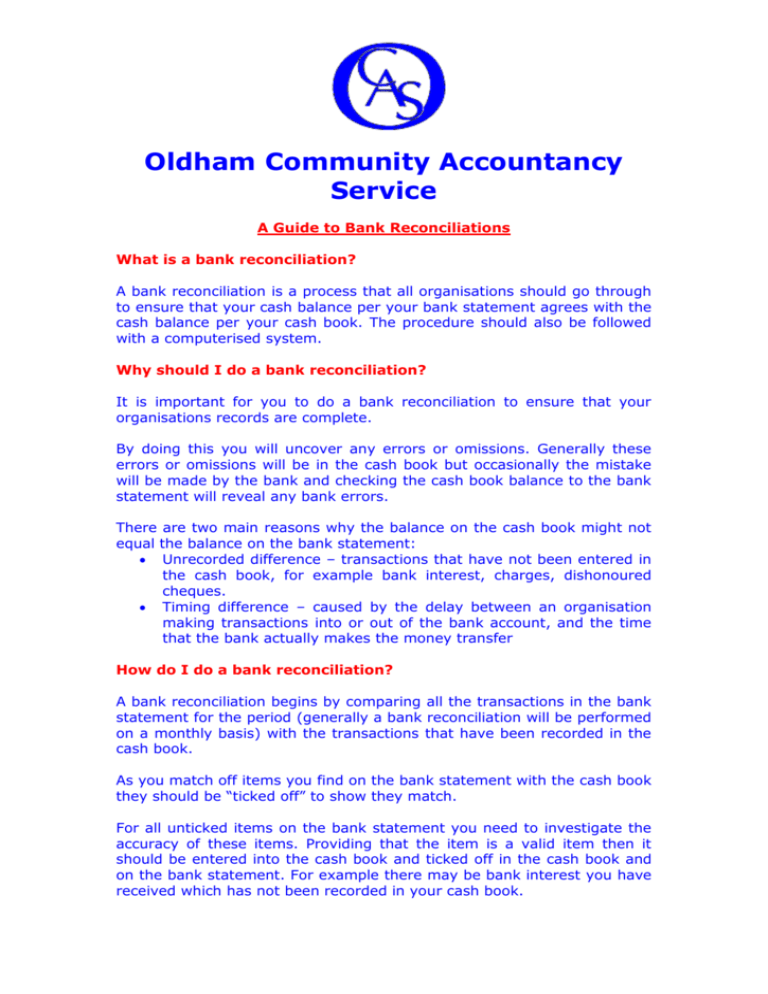
Oldham Community Accountancy Service A Guide to Bank Reconciliations What is a bank reconciliation? A bank reconciliation is a process that all organisations should go through to ensure that your cash balance per your bank statement agrees with the cash balance per your cash book. The procedure should also be followed with a computerised system. Why should I do a bank reconciliation? It is important for you to do a bank reconciliation to ensure that your organisations records are complete. By doing this you will uncover any errors or omissions. Generally these errors or omissions will be in the cash book but occasionally the mistake will be made by the bank and checking the cash book balance to the bank statement will reveal any bank errors. There are two main reasons why the balance on the cash book might not equal the balance on the bank statement: Unrecorded difference – transactions that have not been entered in the cash book, for example bank interest, charges, dishonoured cheques. Timing difference – caused by the delay between an organisation making transactions into or out of the bank account, and the time that the bank actually makes the money transfer How do I do a bank reconciliation? A bank reconciliation begins by comparing all the transactions in the bank statement for the period (generally a bank reconciliation will be performed on a monthly basis) with the transactions that have been recorded in the cash book. As you match off items you find on the bank statement with the cash book they should be “ticked off” to show they match. For all unticked items on the bank statement you need to investigate the accuracy of these items. Providing that the item is a valid item then it should be entered into the cash book and ticked off in the cash book and on the bank statement. For example there may be bank interest you have received which has not been recorded in your cash book. For any items that you do not understand or know the origin you should enquire with the bank as to what they are. Review the unticked items in the cash book and check for any errors you may have in the cash book. Any errors found in the cash book must be corrected. For example you may have banked a cheque for £100 which has only been recorded in the cash book for £10, which needs to be corrected to reflect the £100 actually banked. The next step is to balance off your cash book and calculate the closing cash book balance. You can double check for errors by sub totalling all your analysis columns in the cash book and ensuring that they agree to your total columns. You should have now ticked off all items on the bank statement (except for any bank errors), as a result the difference between the cash book balance and the bank statement balance should be due to timing differences (i.e. cheques that have not cleared the bank). A bank reconciliation statement can now be produced starting with you balance shown on the bank statement. All of the timing differences and any bank errors should be listed with the resulting total agreeing to the balance in the cash book. An example of bank reconciliation statement is shown below: Bank Reconciliation for the month ending 31st March 2010 Balance as per Bank Statement £752.84 A £250.50 B £149.99 C Adjusted Bank Balance (D = A plus B less C) £853.35 D Cash Book Balance brought forward Add: Money received in the month Less: Payments during the month Cash book balance carried forward (H = E plus F less G) £632.34 £525.50 £304.49 £853.35 E F G H Add: Outstanding Lodgements (receipts not yet Date Paying In Slip No. 25/03/10 00014 28/03/10 00015 Less Unpresented Cheques (for payment) Date Cheque No. Payee 24/03/10 00008 Mr Smith 30/03/10 00009 Mrs Jones cleared) Amount £100.00 £250.50 Amount £50.00 £99.99 What do I do if it does not reconcile? The first thing to do is to look at the difference between the two balances. This might point you in the direction of a particular deposit or payment you have entered wrongly. If the difference is a multiple of 9, then it may indicate that you have made a transposition error (i.e. you have entered two figure the wrong way round, £105 instead of £150). If you still have a difference you should think about taking a break from it and then coming back and running through the process again. Alternatively you could ask someone else to take a look at it, a fresh pair of eyes may find an error that you have missed. Remember do not try to fudge the figures because at some point the difference will have to be found or the difference will get bigger and bigger. For more help and information Please contact Oldham Community Accountancy Service Tel: 0161 652 2344; E-mail enquries@ocas.org.uk Website: www.ocas.org.uk
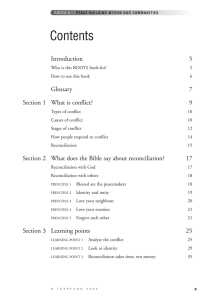
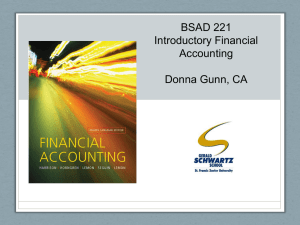
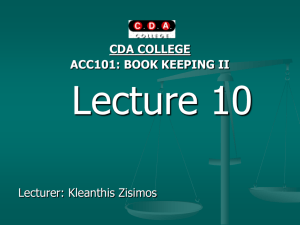
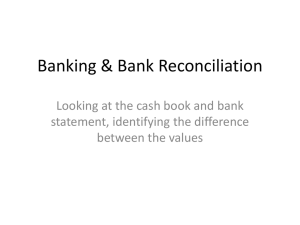
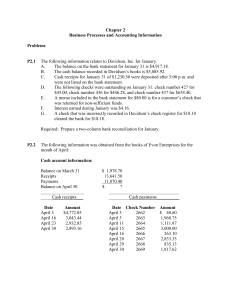
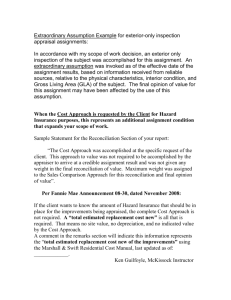
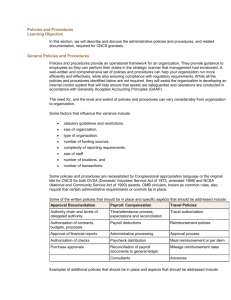

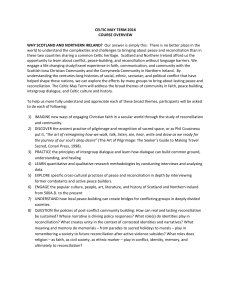
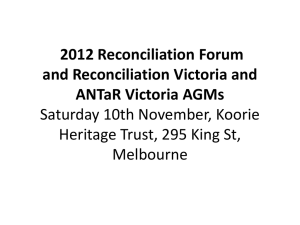
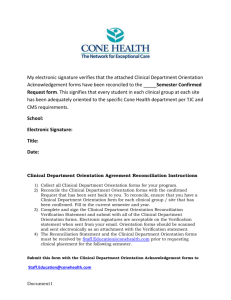
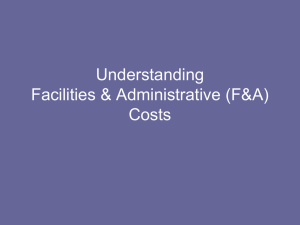
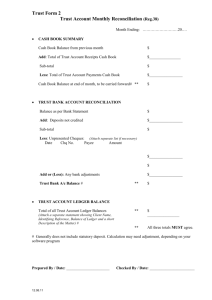
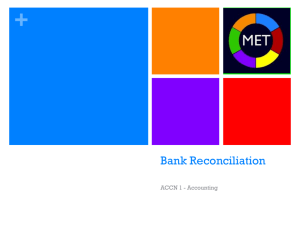
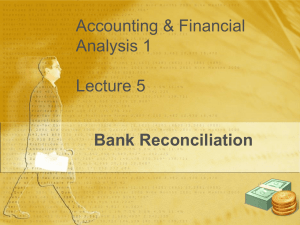
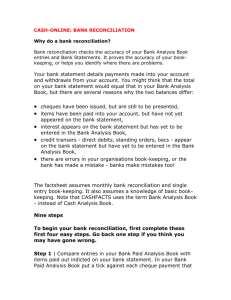
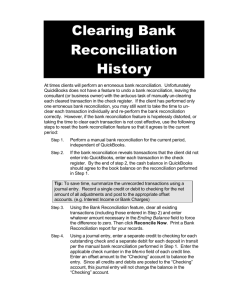
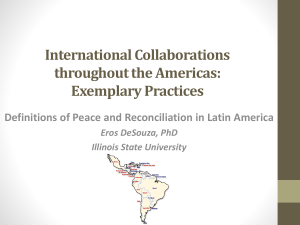
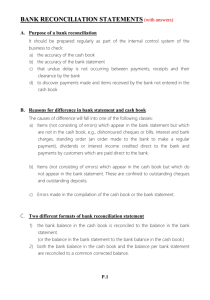
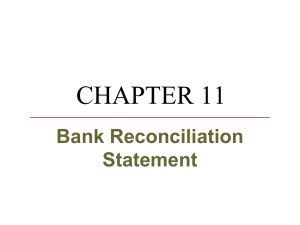
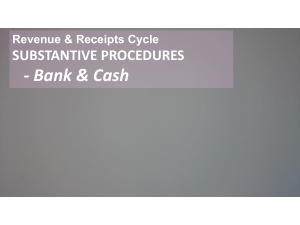
![[Sample] First Nation Cash Management and Banking Policy](http://s3.studylib.net/store/data/008537083_1-2984909933b7210a238ea8f483ded321-300x300.png)